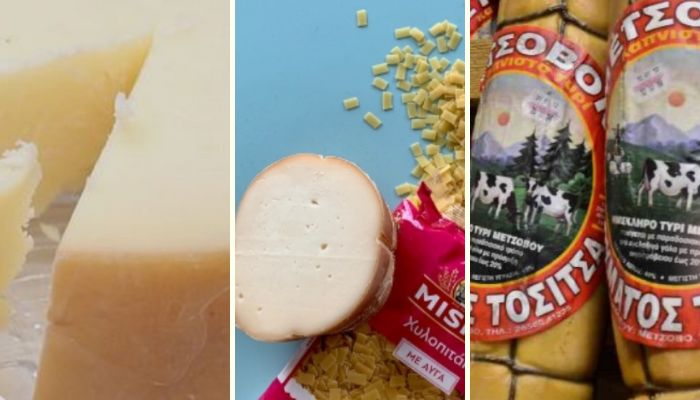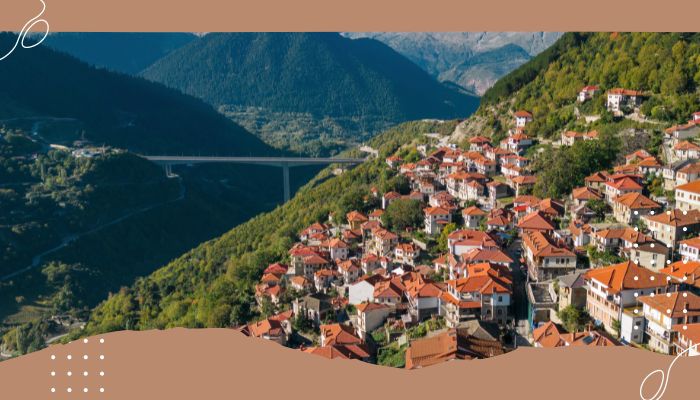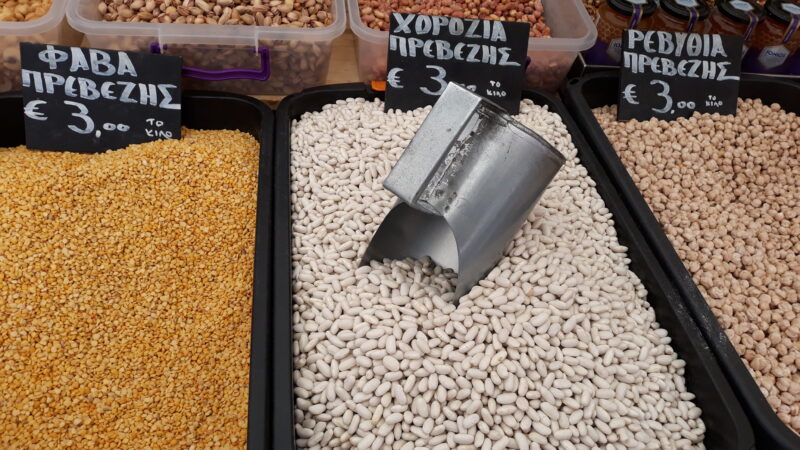The Crete is the largest Greek island. Geographically distant from the continent, it has been attached to it with determination for thousands of years through language, culture, traditions and cuisine of course! The Cretan cuisine, although it has many similarities with the Greek cuisine, still has some specificities.
The Cretan diet
For a few years now, we have been hearing so much about this famous Cretan diet which, in addition to being delicious, was also a guarantee of longevity and well-being. So much so that most tourists arrive in Crete licking their lips at the thought of the culinary miracles that await them! Besides, we eat very well in Crete. Cretan cuisine is varied, inventive, healthy and very local. It is served in several restaurants on the island. The treasures of the sea and the mountains, the wild herbs, the goat and sheep breeding, the delicious honey, the sun-drenched fruits and vegetables make the Cretan cuisine authentic and delicious.
However, traditionally the Cretans lived very poorly in normal times and very poorly in times of war or famine. The miraculous diet can be summed up in a few basic ingredients: olive oil first of all, whole grains, herbs collected in nature. The whole eaten with a little goat cheese, dried vegetables, fruit, a little red wine or raki and exceptionally fish. Meat was a luxury product, sweets too. It’s not so dreamy, is it?
To learn more: The Cretan diet, the secret of good health.
Some specialties of the Cretan cuisine
In fact, all of southern Greece feeds on a similar basis. But the Cretan cuisine has its own particularities.
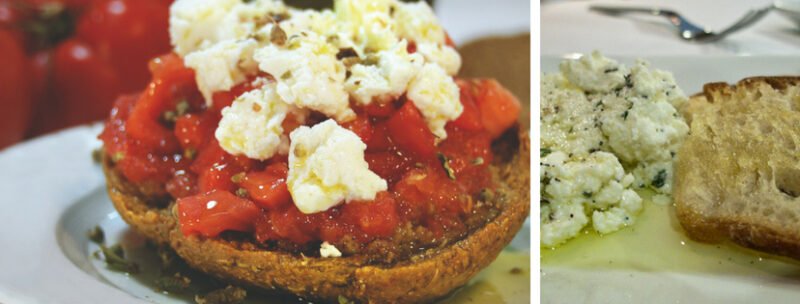
Olive oil, a must
With 35 million cultivated olive trees, 34lt of olive oil consumed per year/inhabitant and 7 D.O.C., Crete is undoubtedly the first Greek olive growing region. Bread with oil is a typical Cretan snack, even for breakfast. Taste a slice of olive oil and honey in the morning, you will be amazed!
Paximadia: delicious croutons
Crete is also the region of paximadia, these dry breads made with wholemeal flour, often barley. Made to be taken away and consumed long after they are made, they are available in an infinite variety of sweet, salty, bay leaf, aniseed or almond flavors. The “dakos“dry barley flour bread has become one of the national specialties.
The snails
Another peculiarity is that nowhere else in Greece do we eat as many snails as in Crete. These little creatures offer us, with their tender flesh, the precious elements of the plants they nibbled on during their lifetime. And that makes us feel good.
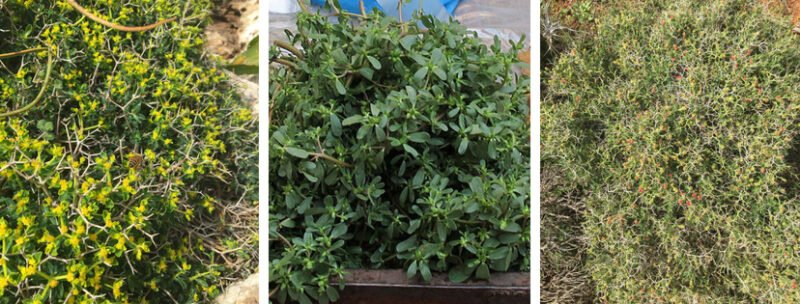
Wild herbs
Along with Epirus, Crete is the region where the properties of plants are best known and they are systematically used in daily diet and in empirical medicine. Eighty different varieties of wild herbs are consumed by the Cretans as bulbs, roots, leaves or flowers.
Pittas: stuffed turnovers with delicious aromas
Finally, the pittas stuffed with plants or vegetables of the moment, leftover cheese and sometimes a little meat, was a way to brighten up the daily dishes, often repetitive. From the simple, rustic but delicious pittas of Sfakia, cakes stuffed with fresh cheese and cooked without fat, to the refined bouréki of Chania with zucchini and the Easter pie with lamb and cheese, the range of tastes is infinite. And, of course, the kaltsounia, small sweet or savory stuffed turnovers.
Cretan cheeses
Crete is also a Mecca of Greek cheese making. Moreover, the cheeses, exclusively of sheep and goat, are excellent. The animals are raised largely in the open air, in mountain pastures. Like the Cretans, they feed on aromatic wild plants, which gives them a very fragrant milk. The sweet mizithra of Crete, close to the Corsican brocciu, the xinomizithra (fresh cheese, acidulous) and the graviera are the most known.
Sweet side?
Sweets are rare, honey and petimezi (concentrated grape juice) are the usual sweeteners. More original, the carob honey, concentrated water sweetened with carob tree pods (very common tree in Crete) flavors and sweetens the cakes, giving them at the same time an aspect and a chocolate taste. Amazing! Moreover, carob flour has often replaced wheat or barley flour.
And a small glass
And finally, let’s not forget the local alcohols: wine, mostly red, and tsikoudia, grape brandy, without anise. In summer it is often served with watermelon, melon or grapes. In the shade of a thousand-year-old olive tree…
Evi S.
Updated 31 January, 2024

